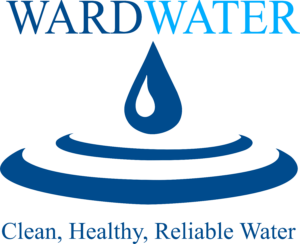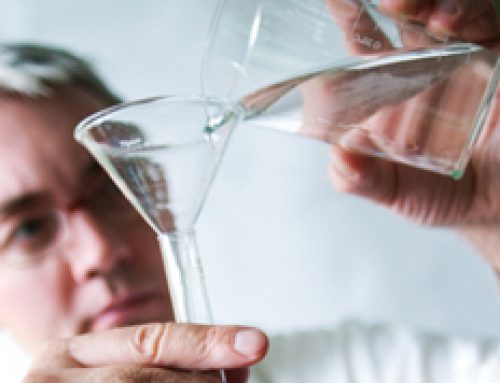Fluoride most likely flows from your Kitchen’s tap whether you’re aware of it or not.
In this article, we’ll cover the basics of what Fluoride is and what its Health effects are, both positive and negative. We’ll also tell you the differences between living on a private well and getting your water from public supplies, and what that means for your family.
What is Fluoride?
Fluoride is a natural mineral found in the earth’s bedrock and in underground water supplies. Fluoride compounds are salts that form when combing with other minerals underground.
Fluoride can find it’s way into a home’s drinking water supply as a result of accumulating in groundwater sources that feed a private well.
Public water supplies began introducing Fluoride into the drinking water more than 5 decades ago in an attempt to help prevent tooth decay.
Fluoride and Health
If used in Proper amounts, The Maine Oral Health Program says that “Fluoride added to community drinking water at a concentration of 0.7 to 1.2 parts per million has repeatedly been shown to be a safe, inexpensive and extremely effective method of preventing tooth decay.”
Conversely, drinking water that contains Fluoride levels in excess of recommended State and EPA maximum contaminant levels (MCLs) can lead to certain health risks.
According to the EPA: “Exposure to excessive consumption of fluoride over a lifetime may lead to increased likelihood of bone fractures in adults, and may result in effects on bone leading to pain and tenderness. Children aged 8 years and younger exposed to excessive amounts of fluoride have an increased chance of developing pits in the tooth enamel, along with a range of cosmetic effects to teeth.”
Since Public water supplies are required to monitor and control concentrations of Fluoride and other water contaminants, health risks are mainly a concern for families receiving their water from private wells.
Like anything else in life, balance seems to be the key here.
Managing your Family’s Fluoride Intake
The U.S. Department of Health and Human Services is proposing to change the recommended fluoride level in public drinking water. The new recommendation, 0.7 milligrams of fluoride per liter of water, will replace the previous recommended range of 0.7 to 1.2 milligrams per liter, established in 1962.
According to the Department, “There are several reasons for this change, including that Americans have access to more sources of fluoride than they did when water fluoridation was first introduced in the United States.”
As a result, now it will be even more important for people to make sure their families are getting enough (but not too much) Fluoride on a daily basis.
Maine Dental Care
Portland Maine’s Restorative & Aesthetic Dental Associates, recently posted an article on their Ageless Smile blog discussing the importance of making sure you and your children receive the recommended daily amount of fluoride for healthy teeth.
“If you drink only bottled water or live outside the Portland Water District, you can still receive the recommended daily amounts of fluoride for healthy teeth. You can take fluoride supplements orally, in the form of a rinse, gel, tablet or lozenge, according to experts at the Mayo Clinic.
Using a fluoride toothpaste is helpful, but if you do not drink water from a fluoridated community water supply, taking fluoride will help reduce your risk for cavities. Supplements are often only available through a prescription from your dentist, so be sure to talk to your doctor about additional fluoride.”
Sighting the same Mayo Clinic Studies, the following daily dosages of Fluoride are recommended:
Infants and Children
- 0 to 3 years: 0.1 to 1.5 milligrams (mg).
- 4 to 6 years: 1 to 2.5 mg.
- 7 to 10 years: 1.5 to 2.5 mg
Adolescents and Adults
- 1.5 to 4 mg.
How Much Fluoride do we Have?
If you live outside of public water supplies and get your drinking water from a well, it’s a good idea to have your home’s water tested for Fluoride as well as other contaminants common In Maine (Arsenic, Radon, Uranium, Bacteria, Sodium, Nitrates & Nitrites).
For more information on water testing visit the State of Maine’s page on water testing information or you can always contact our office with any questions.
We’ll help in any way we can including setting up a time to perform an in-home water test for you, if needed.
Also, you can check out Water Testing in Maine | Why you Need It.






